Literary clubs have had great popularity in Indianapolis. In the 19th century, and during the , men and women founded societies to study and discuss literary works.
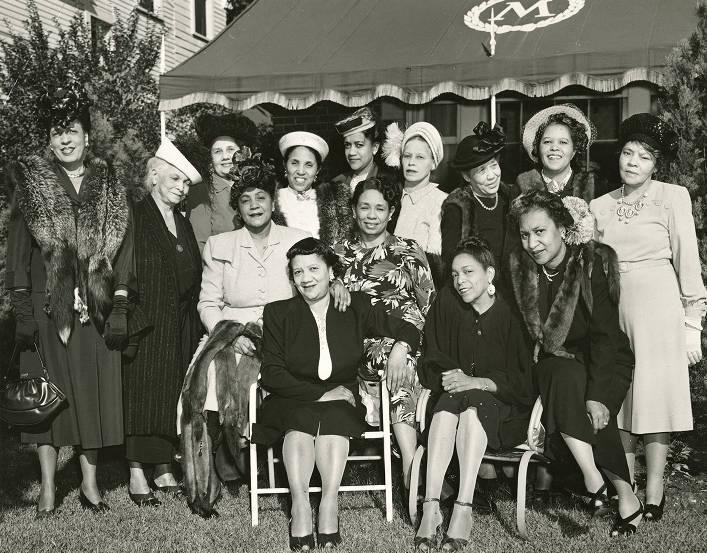
As in other parts of the nation at that time, learning and culture were in much demand. Books and magazines were increasingly popular. Public lectures or lyceums were well attended. Women wanting to broaden their minds, as well as their daily lives, organized literary clubs. Men also formed clubs in order to pursue their literary interests, at least within their own social circle. Several of the organizations that began during that era have continued to the present.
Although their period of greatest growth was the 1880s and 1890s, literary clubs had for many years been important to the city’s cultural life. The Young Men’s Literary Society was begun in 1835, intended for composition, debate, and the general improvement of its members. Incorporated in 1847 as the Union Literary Society, it donated its library of several hundred books to the at the time it was established in 1854. The YMCA maintained the library and continued the literary society’s program of public lectures. A later organization, the Hesperian Club for women, included among its members and , two of the city’s most admired teachers.
In 1872, the residents of the old Butler College neighborhood north of the organized the College Corner Club. When the college moved to in 1874-1875, newspapers of the period named it the “classic suburb” because of its academic atmosphere. A. R. Benton, president of the college, served also as president of the Irvington Literary Society, whose members came from the town as well as the college. Meetings were held on moonlit nights so that members would have no difficulty in finding their way home. In 1900, a later president, Scott Butler, founded the Irvington Atheneum, with members from Indianapolis as well as Irvington. The club brought such eminent speakers as Charles Eliot and Henry James to the Butler College Chapel.
Literary clubs formed in other neighborhoods as well, such as the Paragon Literary Society for young people in the southwest part of the city. Churches and schools also sponsored literary organizations. The Aristotelian Club met at Plymouth Church, while the Agiliar Literary Society was a Jewish organization. In the Black community, the Garnett Literary Society, open to both men and women, was founded in 1883 and, in the same decade, the Parlor Reading Club and the Douglass Literary Society.
The most prestigious of the city’s 19th century literary societies was the (1877), which counted among its members some of the city’s most prominent men. Sometimes called the Gentlemen’s Literary Club, its stated objective was to advance “social, literary, and aesthetic culture.”
The Century Club was another highly regarded men’s literary organization, whose membership at the time of its founding was younger than that of the Indianapolis Literary Club. Among its charter members were such Indianapolis notables as , , and Evans Woollen Sr.
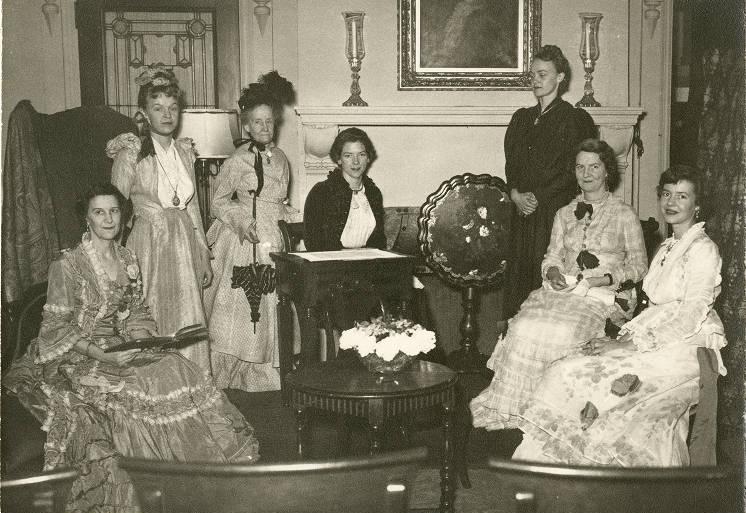
The , organized in 1875, while not specifically designated a literary club, required its program’s papers to be written and presented by its members. Many of the papers dealt with literary topics. Several Woman’s Club members were published authors, among them Anna Nicholas, Laura Fletcher Hodges, and Ernestine Rose. The Catharine Merrill Club (1885) began as an association of the teacher’s students who wanted to continue their study of literature with her. Founded in the same year, the Fortnightly Literary Club had as its goal “literary culture, the search of knowledge to be unlimited, the field universal.” Several years later in 1923, the Fortnightly Literary Book Club was founded by a group of African American women in Indianapolis. These women’s clubs are still active, in many cases with second and third-generation members.
The Indianapolis German Literary Club (1889-1917), like the Catharine Merrill Club, began with a group of students and expanded to include others interested in German literature. It was mandatory that all papers and discussions be presented in German. In 1890, four Indianapolis clubs joined the Indiana Union of Literary Clubs, and two Indianapolis women were among its early presidents.
Literary organizations continued to be popular as the old century closed and the next began. Many new literary clubs appeared, but not all survived. The names chosen for the clubs were interesting. Some simply stated their purpose, such as the Culture Club and the Late Book Club. Other names made connections: the Busy Bees became the Minerva Club, named for New Harmony’s Minerva Society; the Ladies’ Literary Union became the New Century Club. Still, others sought originality. Organized in 1905, the Zatathea Club chose for its name a Greek word meaning “seekers of knowledge.”
is credited with beginning the in 1912. Organized with a broader base than many of the literary clubs, this organization was composed of several departments, or areas of study, one of which was literature and drama. This department invited well-known writers to speak. The was one of the few organizations to have its own clubhouse until the building, at 1702 North Meridian Street, was sold in 1960.
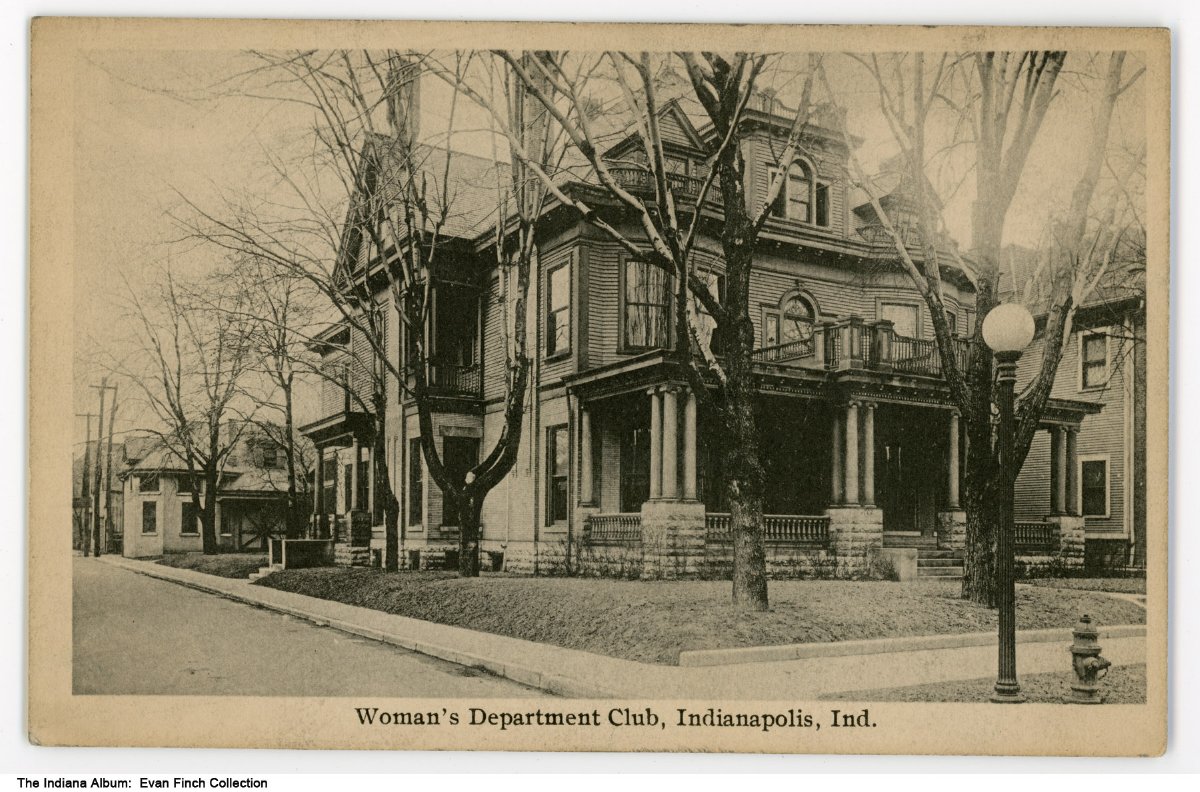
The focus of many of the literary clubs gradually broadened to include other topics of cultural interest, not only literature and other fine arts but also history, philosophy, and social issues. While the usual practice was for members to present original papers, a number of organizations began to bring in guest speakers, many of whom were nationally known. The (1890) had as its goal to consider and discuss many topics, literature being but one. Primarily an organization of artists, the Portfolio Club, formed the same year, also included in its membership persons interested in literature and music. These clubs continue today.
Libraries, public lectures, and other forms of activity also fostered an appreciation of literature in Indianapolis. A Presbyterian minister’s sermon in 1868 led to the establishment of a public library for the city, and in 1872 was appointed its first librarian. At that time, there were many bookstores in Indianapolis and a number of excellent private libraries. Two of the more prominent of these booksellers later, through several mergers, became the book publishing firm of Bowen-Merrill (later ).
Lecture series appeared as early as 1831, sponsored by the Indianapolis Lyceum or Atheneum and, later, by the Young Men’s Literary Society and the YMCA. In the 1860s Ralph Waldo Emerson came to speak in Indianapolis on two occasions. Local organizations, such as the Chautauqua Literary and Scientific Circle, sponsored the lecture courses of the 1880s. The Irvington Woman’s Club (1892) maintained a public reading room in 1894 and, two years later, invited the newly organized Irvington Tuesday Club and Irvington Fortnightly Club to join in sponsoring a series of public lectures. William Dean Howells, editor of the magazine, was impressed by his Indianapolis audience when he came here as a lecturer in 1899, particularly after being entertained at a dinner in his honor by Haute Tarkington Jameson, sister of the young novelist Booth Tarkington.
Indianapolis also had literary journals, although most were of short duration. The earliest were , a weekly newspaper in the 1840s, and , which began in 1867. Directed chiefly to a feminine audience, , later renamed appeared in 1882-1883. (1889-1891) was a weekly with comic illustrations; another illustrated journal was (1895). Hewitt H. Howland, later connected with the Bobbs-Merrill firm, edited from 1896-1899. His brother Louis and , both then writers for the , were among the magazine’s contributors. , begun in 1902, became the property of Bobbs-Merrill in 1904 and was edited by Howland. Four years later, the magazine merged with in New York.
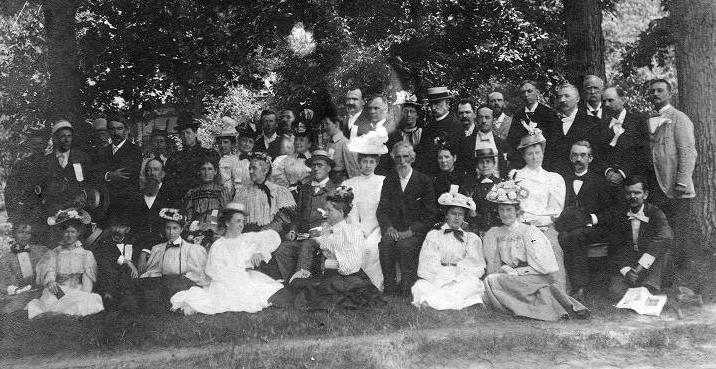
In an early effort by authors to help and encourage each other, the was founded in Indianapolis in 1886. Begun as the American Writers’ Association, it proved to have more appeal in the Midwest than in the East.
Years later, during the Depression era, a similar idea of shared support and encouragement for local writers resulted in the Story-a-Month Club, an outgrowth of Works Progress Administration writing classes and possibly the Federal Writers Project (1935). For several years, the Indianapolis Writers Club (1946) was active.
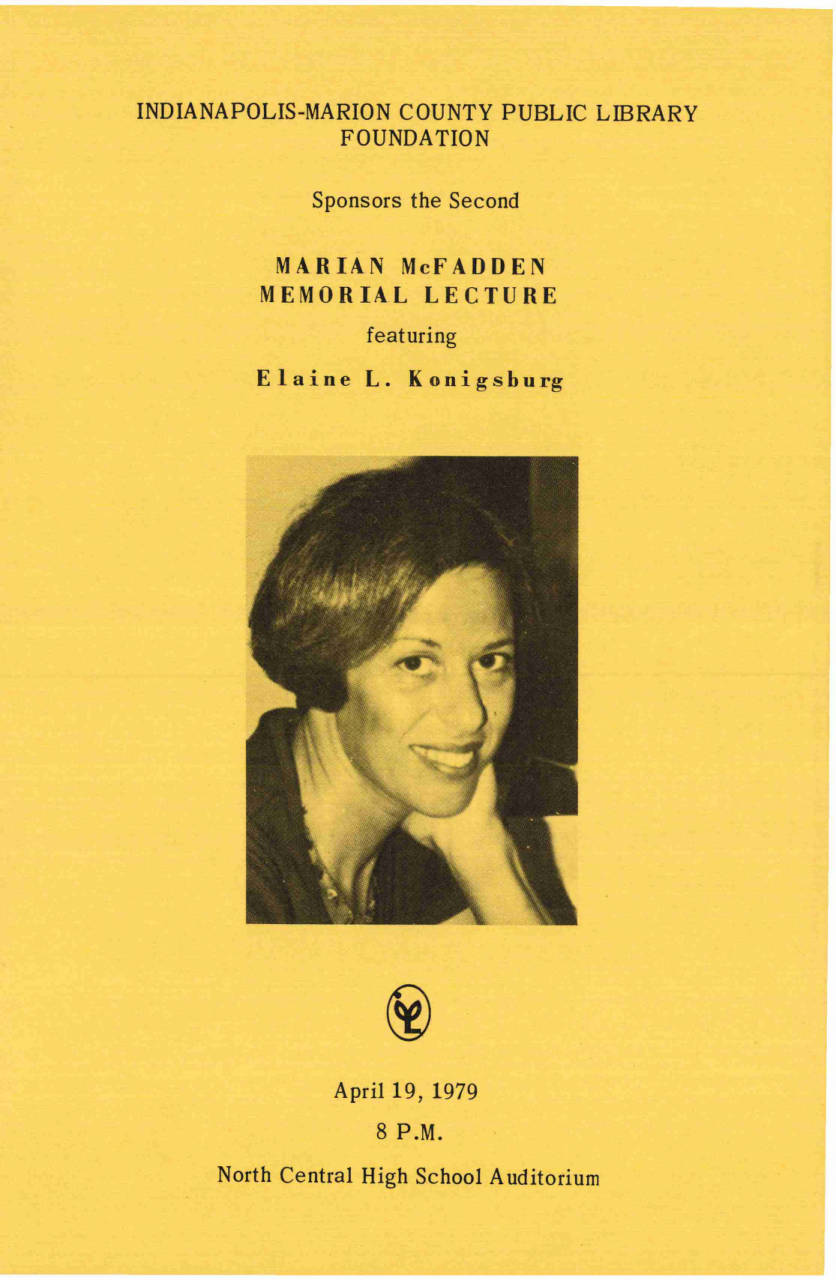
In 1979, Jim Powell, an author and teacher, founded the Indiana Writers’ Center. The city’s only non-college-affiliated organization for writers, the Center developed from a creative writing workshop at the in 1978. Starting with a small community of writers, the Center has become a professional nonprofit organization. The Center publishes a magazine, and other works featuring Indiana writers. Through its meetings and publications, it provides local authors a means of contact with others interested in writing. In addition to its regular meetings where writers read their stories and poems, the Writers’ Center sponsors festivals and workshops on writers and writing.
The lecture series of earlier years also have modern-day counterparts. The Indiana Center for the Book, affiliated with the Library of Congress, was established at the Indiana State Library in 1987 to stimulate interest in all aspects of books and reading. In the same year, the began its annual . Named in honor of a former librarian, this lecture series invites to the city an outstanding author, alternating each year a writer of adult literature and a writer for children.
Every year since 1988, the Vivian S. Delbrook Visiting Writers Series of has brought several poets and writers of fiction to the school each semester. Authors who have participated in this program include Toni Morrison, Billy Collins, Kurt Vonnegut, Gwendolyn Brooks, Margaret Atwood, Allen Ginsberg, Sharon Olds, Amy Tan, and Colson Whitehead. These authors interact directly with Butler graduate students in English Classes and its Master’s of Fine Arts program and present readings that are open to the public.
The Christamore Aid Society’s annual Books and Authors Luncheon is another highly regarded literary event held each April. Four writers of published books are invited to Indianapolis to discuss not only the topics on which they write but the craft of writing as well. The fortieth-anniversary event scheduled for 2020 had to be canceled because of the Novel Corona Virus (COVID) pandemic.
In 2009, established the to recognize authors who have made significant contributions to literature. During its early years, the Indianapolis Public Library Foundation built a program that included annual awards to recognize Hoosier authors. In 2019, , partnered with to expand programming beyond giving awards. Indiana Humanities had a wide variety of programming to draw attention to Indiana writers and the state’s literary community. Indiana Humanities also launched a statewide reading series in the late 2010s.
Both readers and writers continue to be provided with a variety of literary events. While the impact of these on the community is less dynamic than were the lectures and club programs of a century ago, the quality is high. In earlier years, the smaller city, its limited society, and the strong influence of its leading citizens were important factors. The mid-19th -century common school issue was a likely stimulant in the development of private library associations, lyceums, and literary clubs in Indianapolis and elsewhere in Indiana.
Later, here and in other parts of the Midwest, when cities and towns were expanding, clubs and public lectures helped shape the community’s cultural growth. In a time when a significant part of the population belonged to literary clubs, the city benefited directly. There were perhaps as many as 50 of these clubs by the end of the 1870s, and their popularity continued for some time. Today, literary clubs are fewer in number and smaller in membership. Their direct effect on the broader community is limited, but their members and audiences continue to be enriched through their programs on literature.

Help improve this entry
Contribute information, offer corrections, suggest images.
You can also recommend new entries related to this topic.